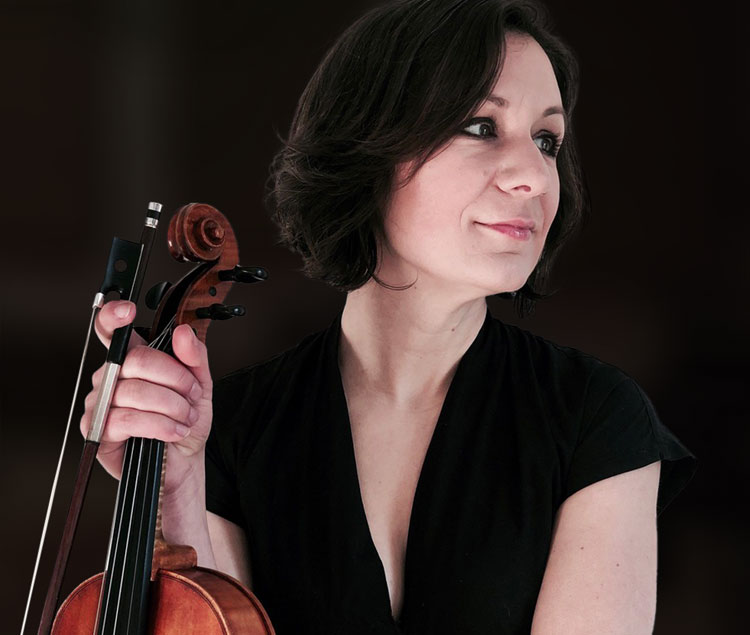Learning by ear requires that you hear, remember, and duplicate melodic and rhythmic information, which can be overwhelming for beginners. So Lissa gets started with some call-and-response rhythmic exercises, all in 4/4 time.
Homework:

Learn to pick up tunes on the fly and increase your ability to interact with your fellow musicians with this valuable ear-training course. With lots of exercises and advice on mastering this essential musical skill.
In this first video, Lissa gives you a general overview of the course, talks about why learning by ear is important, provides some guidelines and ground rules, and finishes with a homework assignment.
Learning by ear requires that you hear, remember, and duplicate melodic and rhythmic information, which can be overwhelming for beginners. So Lissa gets started with some call-and-response rhythmic exercises, all in 4/4 time.
To help you practice evaluating the different pitches you hear, Lissa uses an exercise she calls “higher or lower.” She starts by playing an A note, and then plays another “mystery note,” for you to decide (or guess) whether it’s higher or lower and by a little or a lot. She also talks about strategies for improving your memory.
In this lesson, Lissa expands the call-and-response pitch recognition exercise to include two, three, and four pitches in a row, working within a restricted set of parameters: the notes between the A above middle C and the E above that (open A and open E on the fiddle). She starts with two-note phrases, then moves on to three-note and four-note phrases.
This lesson is a continuation of the previous call-and-response pitch recognition exercise, working up from five to eight notes in a row. Lissa stays within the same parameters she set in Part 1: using just the notes between the A above middle C and the E above that (open A and open E on the fiddle).
You’ll learn your first complete tune (“Huntsman’s Chorus”) by ear in this lesson. “Huntsman’s Chorus” is a traditional dance tune (a two-part march in the key of G) that Lissa recorded on her album Dance.
In this lesson, you’ll learn the beautiful “Tombigbee Waltz” by ear, using the call-and-response approach Lissa uses in all her lessons.
Learn the traditional A-major jig “Rory O’More” by ear, using call and response.
One of the best reasons to become a good “ear learner” is so that you can learn new tunes quickly when playing with friends. In this lesson, Lissa shows you how to pick up tunes on the fly at a jam session.
This lesson is a continuation of how to pick up tunes on the fly at a jam session. Lissa also talks about session etiquette.
Lissa gives you another rhythmic call-and-response exercise in 4/4 time with more complicated rhythms.
This bonus pitch-recognition exercise is for sequences of two, three, and four notes in a row.
This bonus pitch-recognition exercise is for sequences of five, six, seven, and eight notes in a row.
In this lesson, Lissa gives you rhythmic call-and-response exercises for jigs (6/8 time), reels (2/2 time), waltzes (3/4 time), and marches (4/4 time).